Introduction
The human body is affected by sunlight in a variety of ways, both good and bad. For instance, it is commonly recognized that exposure to the sun can result in skin burns and raise cancer risk over time; nevertheless, solar exposure is also necessary for the production of vitamin D in the skin. Finding the ideal balance between safe sun exposure and harmful overexposure becomes necessary as a result.
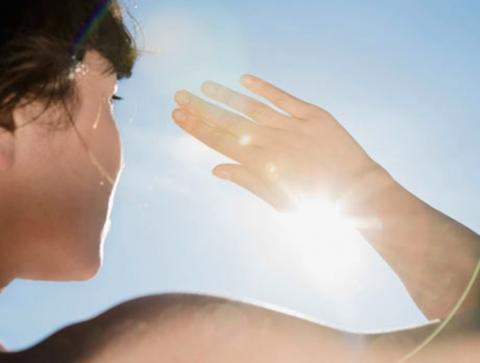
What is exposure to the sun?
Light rays from the sun can both benefit and hurt humans. UV rays are what these are known as. UVA, UVB, and UVC are the three types of ultraviolet rays.
The most frequent type of solar exposure is UVA radiation. Less time is spent in the sun, but UVB rays are stronger. The worst are UVC rays. Fortunately, UVC rays do not pose a threat to us. The ozone layer of the earth absorbs these rays.
What Harmful effects of the Sun are caused?
Exposure to solar ultraviolet (UV) radiation has been associated with non-melanoma skin cancer, and later research has demonstrated that sunburns lead to the production of different skin cancers for example:
- squamous cell carcinoma (SCC),
- basal cell carcinoma (BCC),
- malignant melanoma (MM).
SCC and BCC rarely spread, whereas MM frequently develops and spread quickly and has a high death rate. Another infection brought on by sun exposure is actinic keratosis, which is now understood to be an early stage of SCC. The risk of MM has been demonstrated to increase with short-term severe UV exposure, regardless of burn, but especially with burns in youth, and the population's overall risk of MM rises with closeness to the equator.
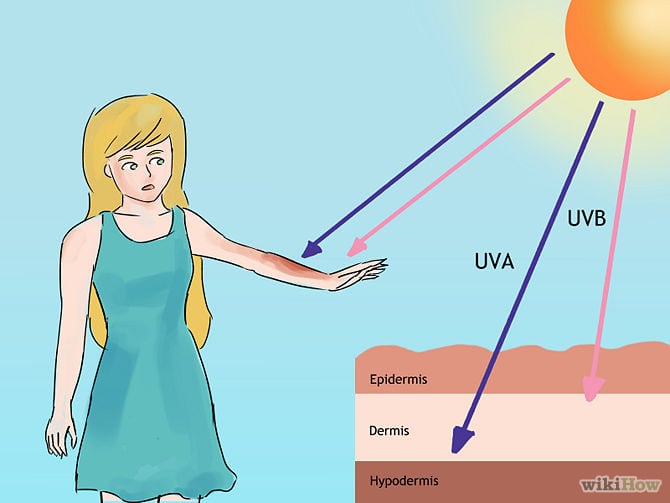
Various wavelength range is present in the solar UV radiation spectrum. UV-C radiation is below 280 nm, UV-B radiation is between 280 and 315 nm, and UV-A radiation is between 315 and 400 nm.
UV-A and UV-B wavelengths are the main ones that have an impact on the body since UV-C radiation is absorbed by the earth's ozone layer. The epidermis, the top layer of skin, absorbs almost all UV-B light. Deeper skin penetration is caused by UV-A rays. The exposure to UV-B radiation skin cancer and other radiation effects are primarily found in the epidermis, whereas UV-A radiation effects, such as skin aging, are primarily found in the dermis. DNA modifications brought on by UV-B radiations are also happened, whereas UV-A impacts are caused by oxidative damage and other indirect consequences.
Temporary skin damage
A sunburn can happen if less than fifteen seconds, however, it might not become visible for a further 2 to 6 hours. This type of radiation burn is caused by excessive UV exposure. If the skin redness is severe then second-degree burns may result in addition to pain and blisters.

Permanent skin damage
Lifelong exposure to sunlight speeds up the aging process for your skin. More lines, dryness, sagging, and a lifeless, leathery appearance might start to appear. Your skin is more prone to bruising, and age spots, which are pigment changes, start to form. Skin cancer, the most frequent type of cancer, can develop as a result of alterations in the skin cells brought on by extended exposure. You should take extra care to protect your kids from sunburn.
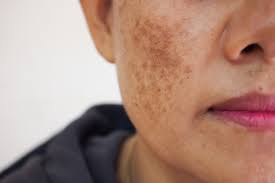
Heat stroke
Heat stroke may start as heat cramps, dizziness, or tiredness, but if it worse, it can cause serious, and fatal damage to the mind and other internal organs. Young, healthy high school or college athletes frequently suffer from life-threatening heat stroke while engaging in hard workouts in hot weather, despite this condition frequently occurring in persons over the age of 50. The body's ability to regulate its temperature is compromised by extended exposure to intense heat and dehydration, leading to a core body temperature of more than 105 Fahrenheit degrees.
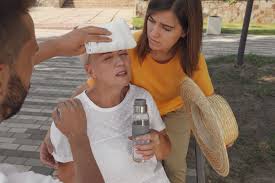
The following are typical signs of heat stroke:
- Unsteadiness and faintness
- Severe headache
- Nausea and diarrhea
- Muscle weakness or cramps
- Rapid breathing and a quick heartbeat
- Coma, convulsions, stumbling, confusion, and disorientation
Water loss (dehydration)
When our bodies and cells lose more water than we take in by drinking, we become dehydrated. When our body's fluid levels are out of balance, dehydration can be fatal. You may be thirsty if you notice that your urine is a dark yellow color.
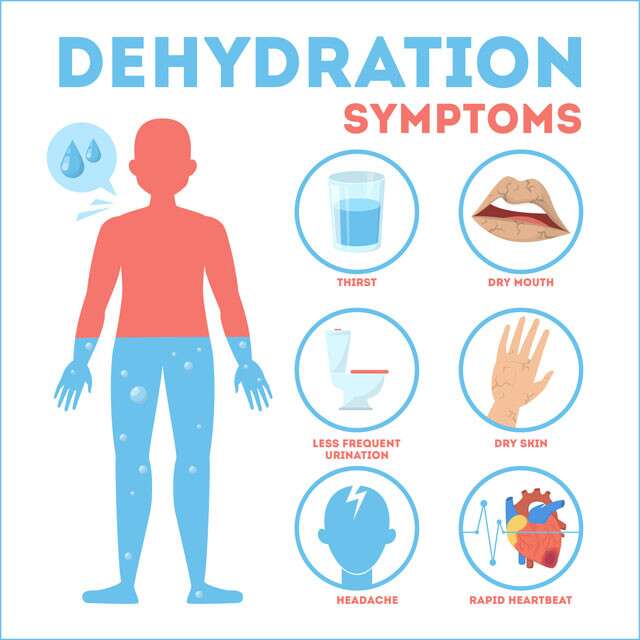
Dehydration might also manifest itself in:
- increased thirst, decreased urination, and a lack of perspiration
- weakness and wooziness
- tongue swelling and dry mouth
- heart flutters
- Sluggishness, disorientation, and fainting
Two kinds of heat exhaustion are listed below: water shortage. Excessive thirst, weakness, headaches, and loss of consciousness are symptoms. Depletion of salt. Dizziness, cramping in the muscles, and nausea and vomiting are symptoms. Heat exhaustion should not be ignored, even though it is not as dangerous as heat stroke. Heat stroke, which can harm the brain and other key organs and even result in death, can develop from heat exhaustion if appropriate treatment is not received. Encourage adults and kids who are dehydrated to take modest sips of water or sports beverages. It also helps to chew on ice chips or popsicles.
Eye Problem:
Our eyes can be harmed by the sun's rays in the same way that our skin can. In the short term, UV exposure might result in corneal or conjunctival irritation. Long-term effects include macular degeneration, cataracts, and eye malignancies.


How can we defend against this harm to our eyes? Avoid staring directly at the sun, and if you must spend a lot of time outside, wear UV-protective glasses and shades. Additionally, always wear eye protection when viewing a solar eclipse as doing so might result in much more harm in much less time.
Conclusion:
Always try your best only expose to the sun as your body required, or by the suggestion of the doctor. There are risk-free ways to tan. Sunless self-tanners are an option. Without the chance of harm, you should use tinted cosmetics, lotions, and sprays to add color. You can also tan with an airbrush. This treatment is now more frequently provided by salons. However, "fake tans" do not produce melanin as the sun does. When exposed to the sun, you must still wear sunscreen and other forms of protection.



You must be logged in to post a comment.